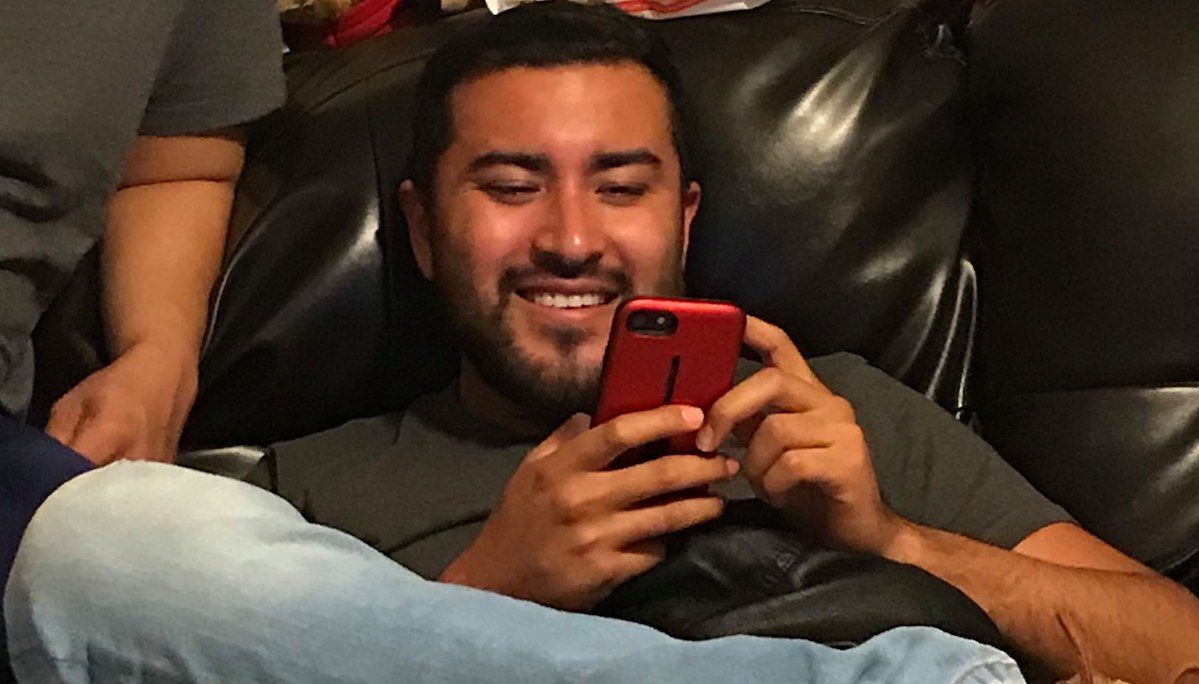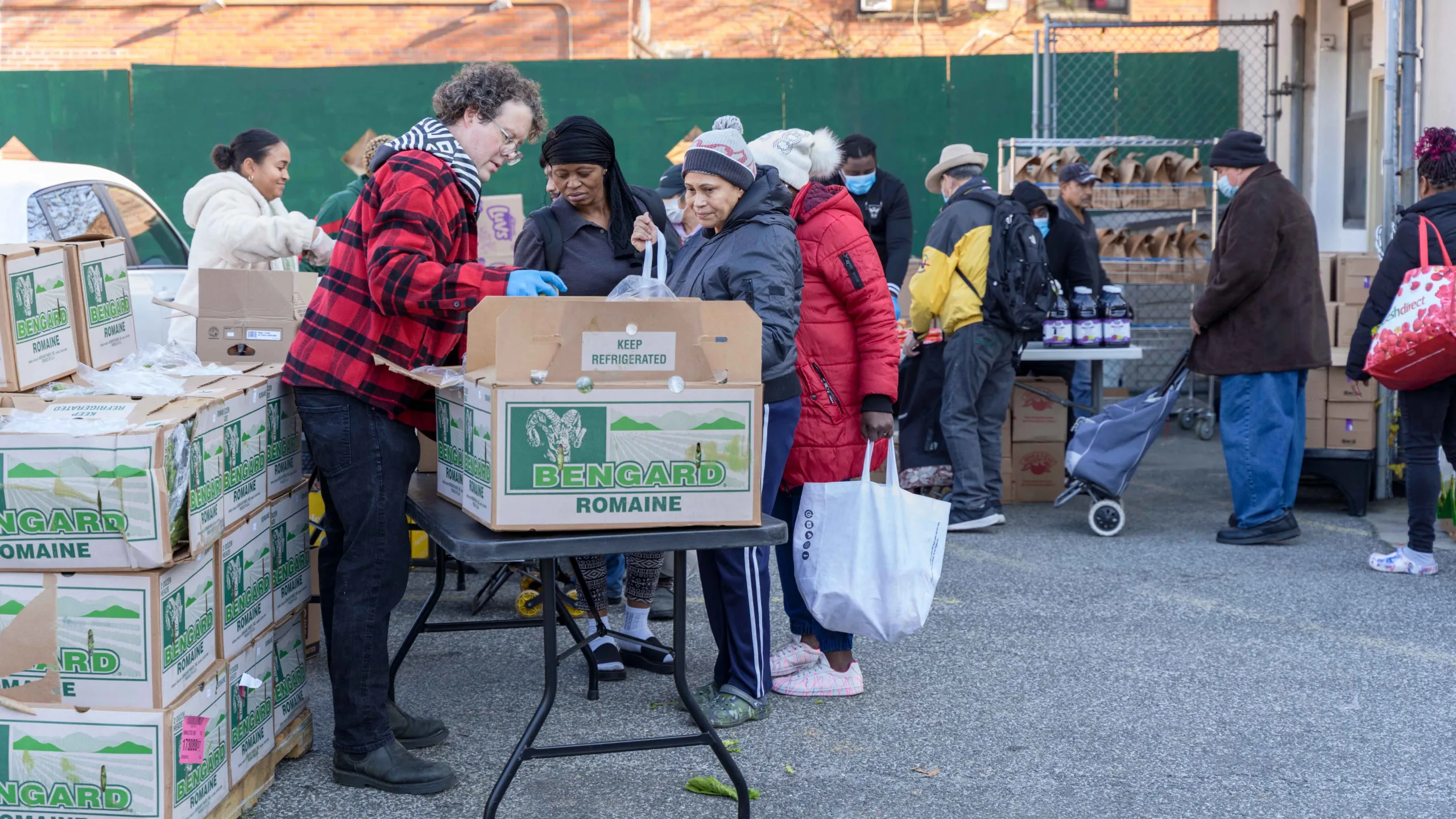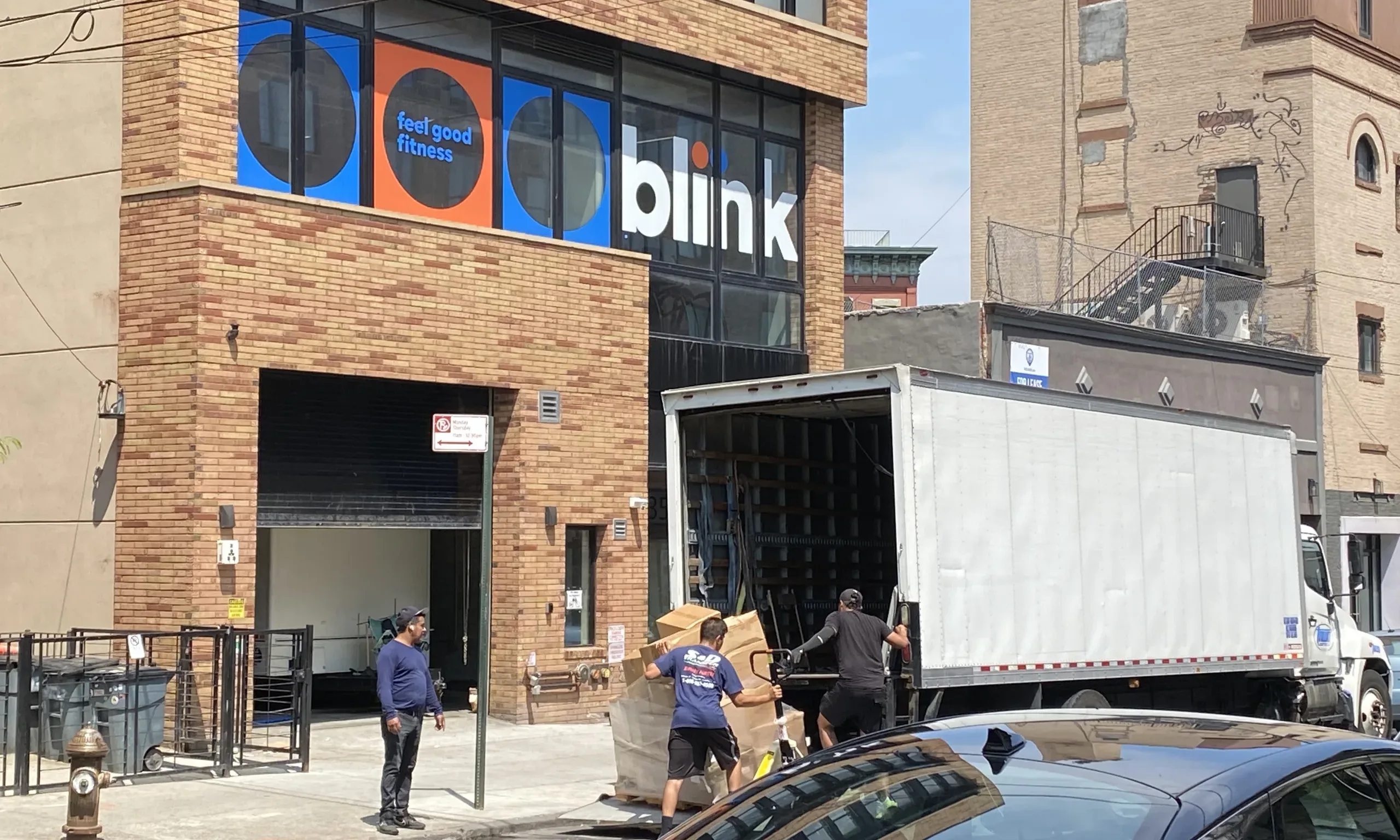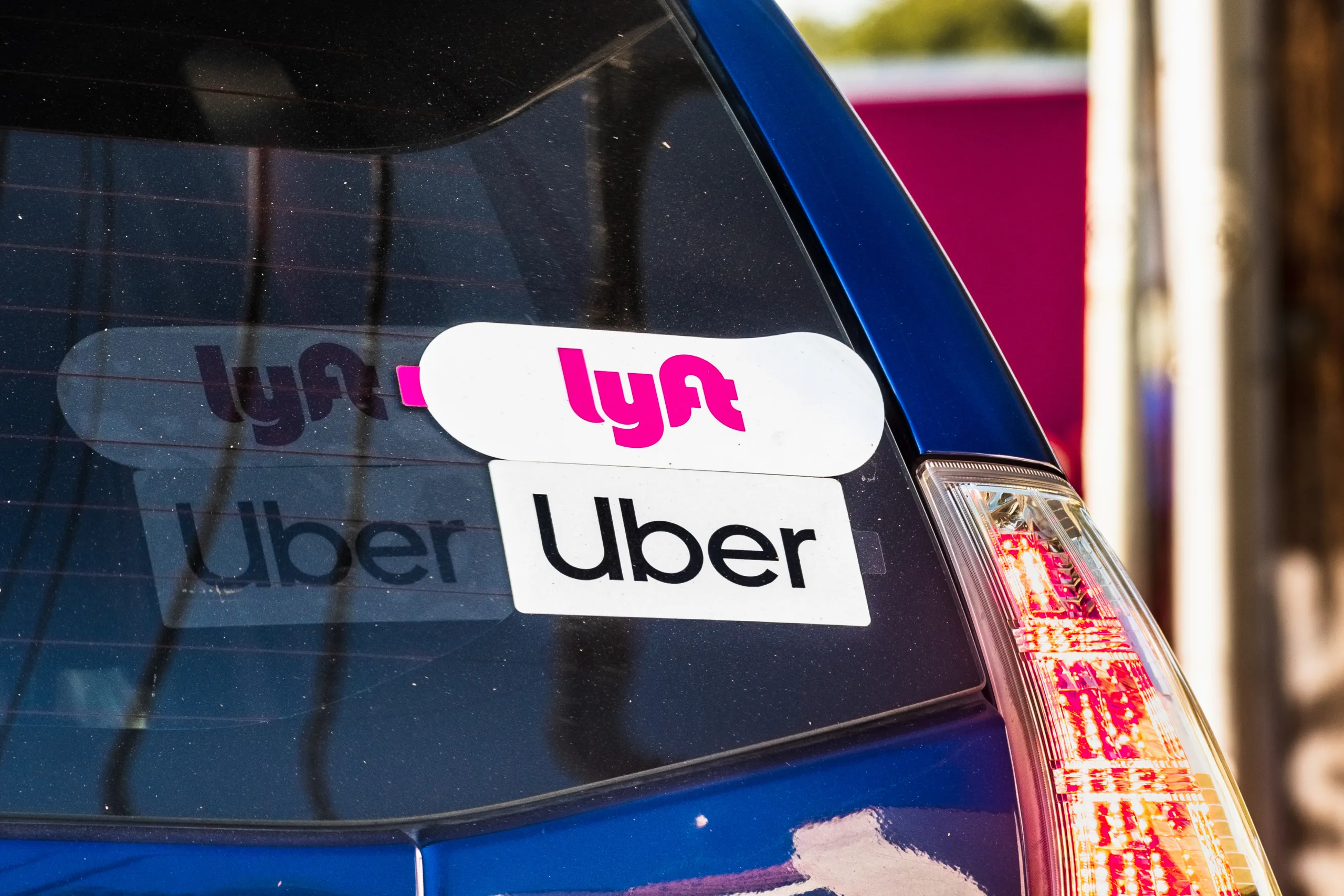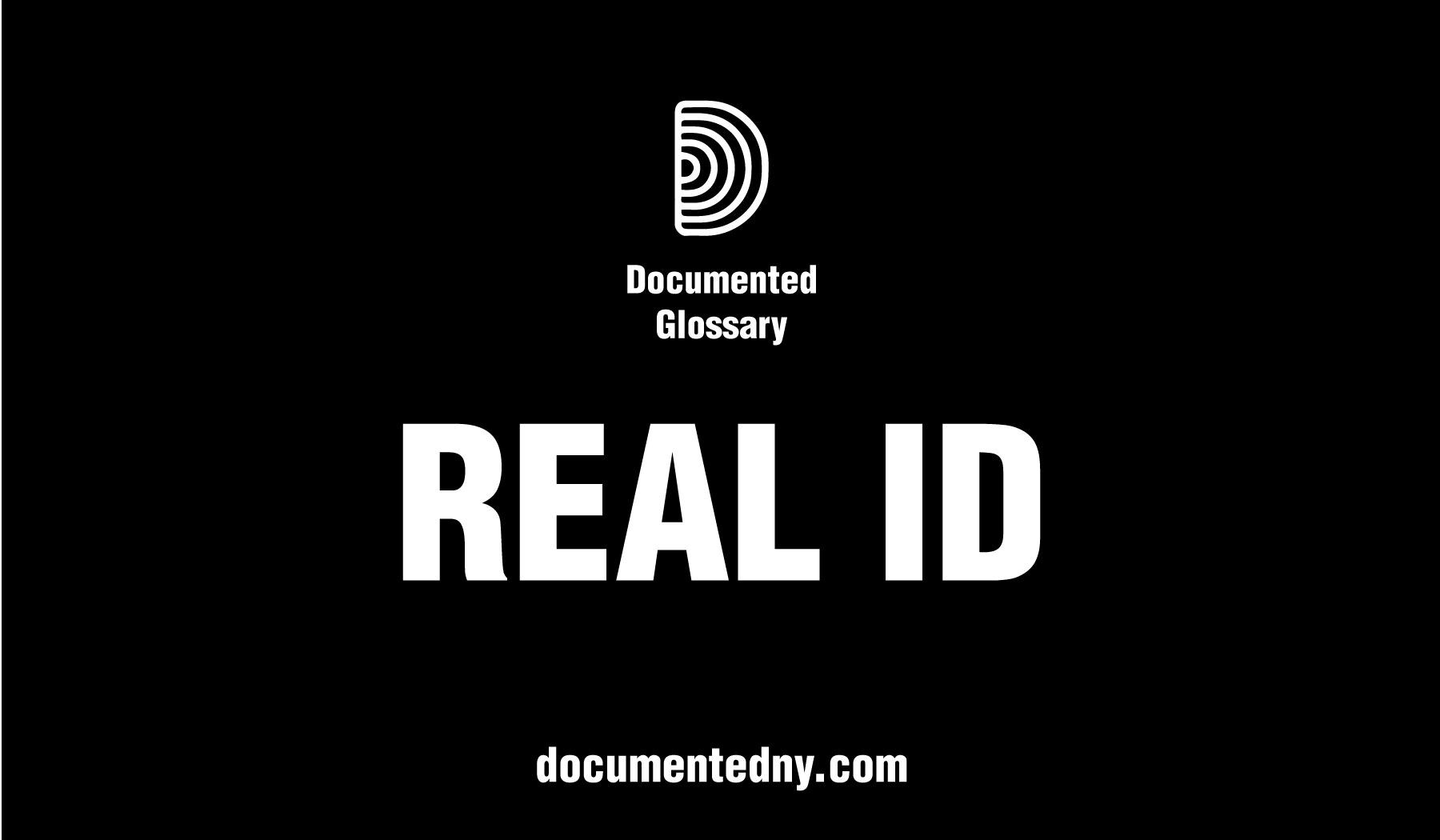
Editor’s Note: In the lead up to the election, Documented will be looking back at the Trump administration’s immigration policies over the past four years and examining how they’ve impacted New Yorkers. Read all of our coverage here.
On Feb. 6, two Immigration and Customs Enforcement agents arrived at Carmen Cruz’s home in Gravesend, Brooklyn. It was 7:30 a.m. and Cruz’s longtime partner, Gaspar Avendaño-Hernández, was preparing to leave for work when the officers, dressed in civilian clothing, apprehended him.
Unclear who the officers were and whether they had the right to detain him, 33-year-old Avendaño-Hernández resisted. The ICE officers tased and pepper sprayed him. Hearing the commotion outside, Erick Diaz-Cruz, Carmen Cruz’s 26-year-old son visiting from Mexico, came out to defend Avendaño-Hernández.
The situation quickly escalated. Diaz-Cruz, who was visiting his mother whom he hadn’t seen for 11 years, was shot. When one of the ICE officers reached toward his hip, Diaz-Cruz, thinking he was about to be pepper sprayed as well, covered his face with his hands. The bullet, shot from four feet away, went through Diaz Cruz’s hands and lodged itself in the side of his face, according to a lawsuit Diaz-Cruz has filed. Neither Diaz-Cruz nor Avendaño-Hernández was armed.
Nearly nine months later, the ICE shooting is under investigation by federal prosecutors in Brooklyn, according to court records. Diaz-Cruz has lost mobility in his left hand and arm, and vision in his left eye. His father died in Mexico while he was in the U.S. recovering. He is now pursuing a lawsuit in Brooklyn federal court against Henry Santana, identified in court records as the ICE agent who shot him. Avendaño-Hernández is awaiting his court hearing on both his removal proceeding and his habeas petition filed against ICE.
The February ICE shooting set off what CNN described at the time as a “political war of words” over New York’s “sanctuary city” policy. It came in the same week as a State of the Union address in which President Donald Trump attacked the city for its policy of refusing to release undocumented immigrants it arrests to ICE custody. Three days prior to his ICE arrest, Avendaño-Hernández had been pulled over by the NYPD for failing to use his turn signal. During this encounter the police discovered Avendaño-Hernández was allegedly driving without a license or valid license plates. The police did not detain Avendaño-Hernández, a twice-removed Mexican national, but the charge did alert ICE, motivating the arrest on Feb. 6.
In response to the public outcry over the ICE shooting, the agency placed blame on New York City, stating that if the police had detained Avendaño-Hernández a few days prior, the two ICE officers would not have needed to go to his home to arrest him, making the entire incident avoidable. Mayor Bill de Blasio, meanwhile, accused ICE of “creating havoc” in the city.
In court documents, Santana denied the allegations made against him while acknowledging he did fire a gun. “To the extent that any force was used, such force was reasonable, necessary and justified,” the papers state. ICE declined to comment because the litigation is ongoing.
Four days after the ICE shooting, on Feb. 10, the Justice Department sued local governments in Washington, New Jersey and California over sanctuary laws.
Also Read: How Trump´s War on Sanctuary Cities affected immigrants
Regardless of a locale’s status as a sanctuary city, the shooting of an unarmed man, allegedly at point-blank range, raises serious questions about how ICE operates and polices itself, especially in an administration that has urged an aggressive approach to enforcement.
So too does the Avendaño-Hernández case.
After the shooting, Diaz-Cruz and Avendaño-Hernández were rushed to Maimonides Medical Center in Borough Park, Brooklyn. Having been Tased 15 to 20 times on his back and legs during his arrest, Avendaño-Hernández was diagnosed with having a right bundle branch block, or “an interruption or alteration of the electrical conduction of the heart,” a federal judge in Manhattan found.
Doctors at Maimonides hospital directed he receive cardiac care following his release, Judge J. Paul Oetken ruled, but ICE sent him back to the Hudson County jail without providing follow-up treatment. According to Avendaño-Hernández, he spent the first two days at the jail in solitary confinement.
Even as ICE recorded the arrival of COVID-19 at the jail, the agency refused to grant medical release to Avendaño-Hernández, although he clearly had underlying health hazards. The judge ruled that ICE had acted with “deliberate indifference.” The agency knew of his health risk, “and did nothing in response.”
Also Read: Video Shows ICE Agents Arresting a Protestor in NYC
Oetken ordered ICE to release Avendaño-Hernández under appropriate conditions. On March 31, Avendaño-Hernández was granted emergency release from the correctional facility because of his health conditions. The same day Avendaño-Hernández was released, a correctional officer who worked at the jail died from COVID-19 complications.
Avendaño-Hernández is living at home with Carmen and Diaz-Cruz, but wears an ICE electronic tracking ankle bracelet that he describes as very uncomfortable.
The court date for Avendaño-Hernández’s removal proceedings is scheduled for Nov. 11, but will likely be canceled, as all previous non-detained dockets have been since the start of the pandemic.
The court date for Avendaño-Hernández’s habeas petition arguing that his detention was in violation of the First Amendment has yet to be scheduled. The petition alleges that ICE officers were seeking to remove him expeditiously, prohibiting him from being allowed to testify; that the conditions in which he was detained were unconstitutional, retaliatory, and against his hospital discharge orders and lastly that the court cannot deport him since he is both a witness to his own case and to Diaz-Cruz’s.
“Of course I am very worried what will happen to us [immigrants] if Trump wins,” Avendaño-Hernández said in an interview when asked about the upcoming elections.
Decisions regarding both Avendaño-Hernández and Diaz-Cruz’s cases will not happen until after the election, however. The next conference for the federal lawsuit Diaz-Cruz and his attorneys filed against the ICE officer for allegedly violating his civil rights is scheduled for Dec. 11. It will be conducted over the phone. Leading up to this hearing, the identity of the ICE officer who shot Diaz-Cruz was revealed after Diaz-Cruz’s lawyer filed a motion for immediate discovery and a subpoena.
Diaz-Cruz, who was visiting for two weeks on a visitor visa lived with the bullet in his face for five months, until it was safe to extract it.
TestPost3
“It was a terrible situation . . . that time was traumatizing for me. When I am home, sometimes I remember everything that happened, especially to Erick and it is so hard,” Avendaño-Hernández said. “What happened to me was inhumane, it destroyed my family. My wife [Carmen Cruz] is completely devastated. I wish that no one else suffers what I have had to suffer.”
Also Read: Thomson Reuters Analysts Process Data to Help ICE Agents Make Arrests, Documents Show
Jonathan Custodio contributed reporting to this article.
